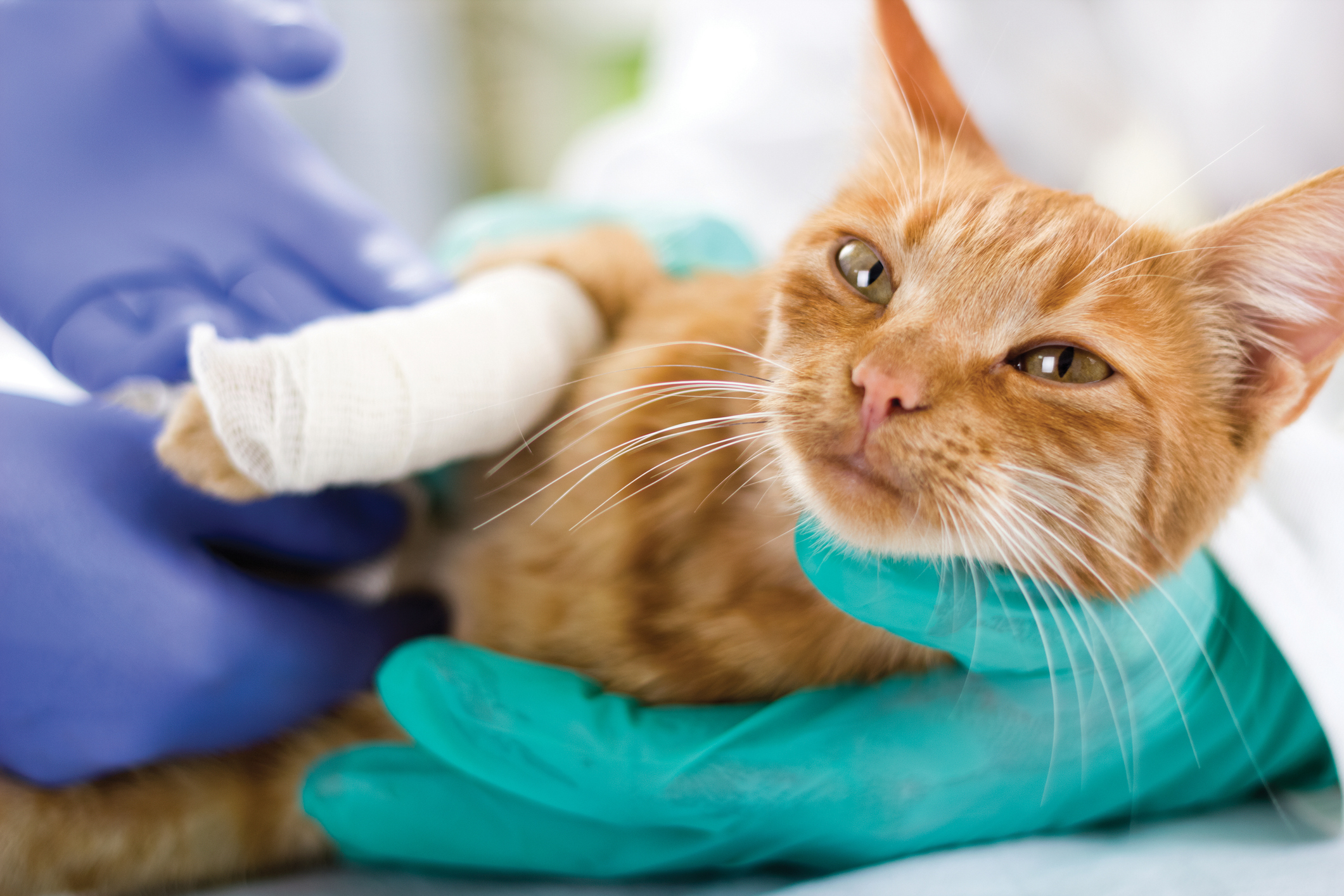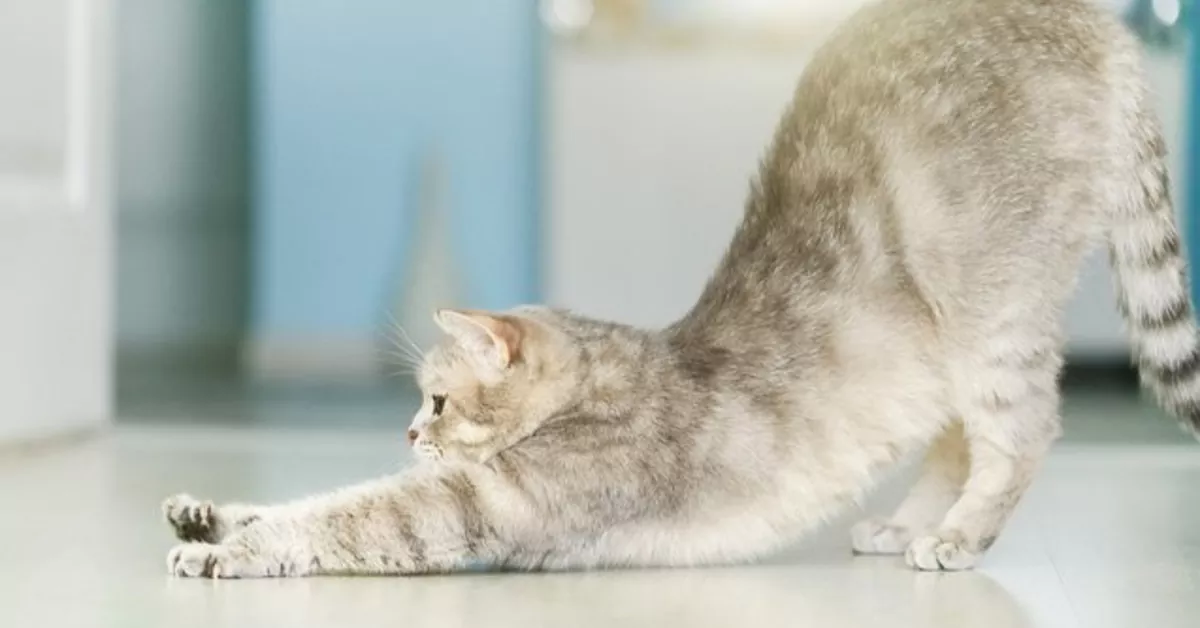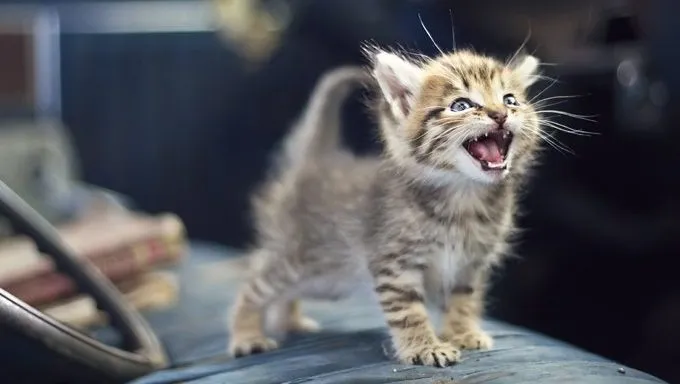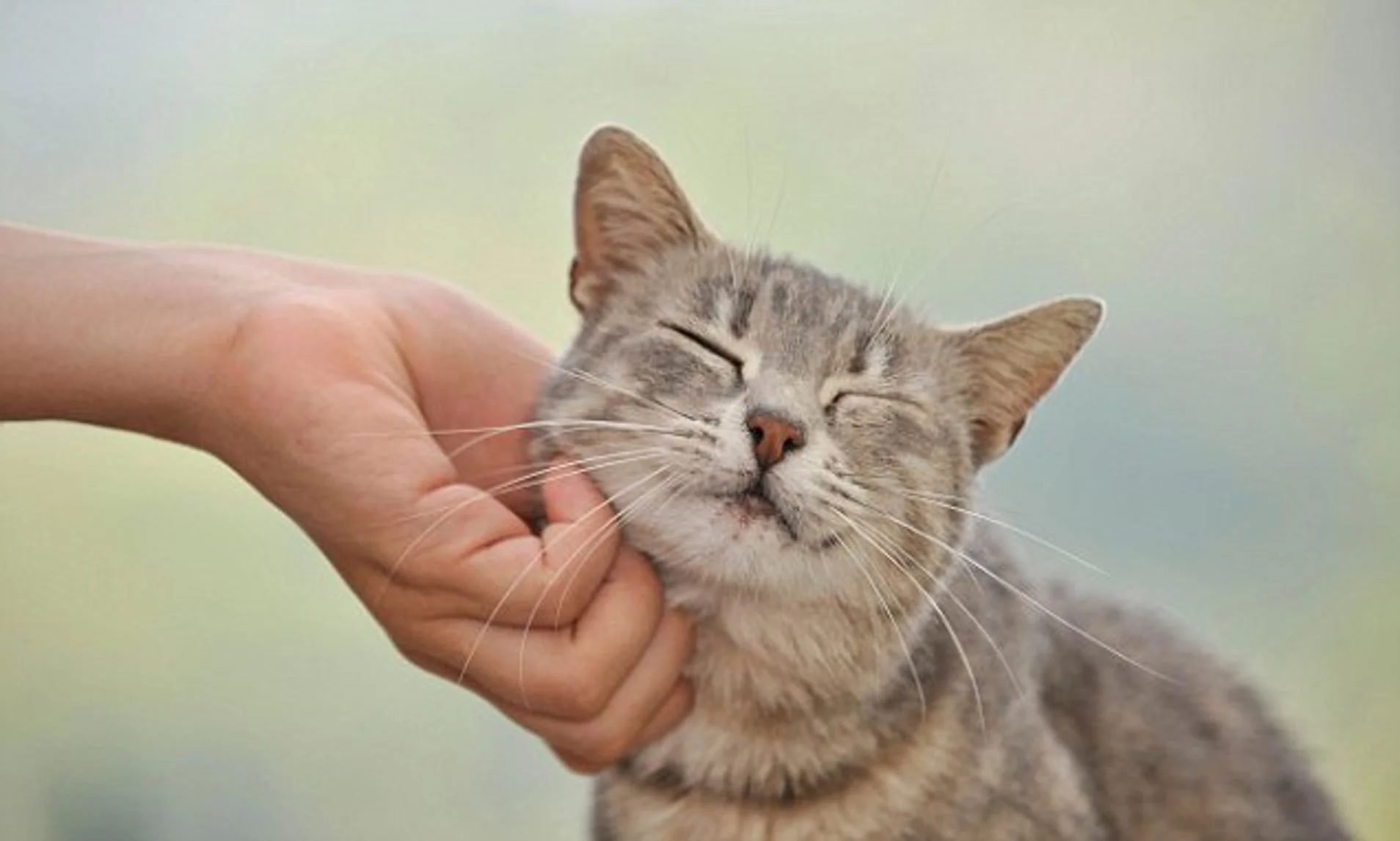The Science of Meowing
Why Cats Meow in the First Place?
Cues that Trigger Meowing Behavior
Cat vocalizations are a complex form of communication that can reveal what’s on their minds. The meowing sound is one of the primary ways cats express themselves and convey their needs to humans. While it may seem like a simple noise, research suggests that there are various cues that trigger meowing behavior in cats.
One of the most significant cues for meowing is hunger or thirst. Cats have an innate instinct to hunt and feed on small prey, and if they don’t receive adequate nutrition, they will vocalize their needs. This can range from a soft mew to a loud, persistent meow, depending on how severe their hunger or thirst is.
Another cue for meowing is attention-seeking behavior. Cats crave interaction with their human family members and may vocalize if they don’t receive enough attention, playtime, or affection. This type of meowing is often accompanied by pawing, rubbing, or other forms of physical contact.
Pain or discomfort can also trigger meowing in cats. If your cat is experiencing dental problems, arthritis, or another medical condition, they may vocalize more frequently or loudly than usual. In some cases, this type of meowing may be accompanied by changes in behavior or appetite.
Separation anxiety and stress are other common cues for meowing in cats. Some cats experience anxiety when their owners leave the house, leading to excessive meowing, pacing, or destructive behavior. This can be triggered by a change in the owner’s work schedule, a move to a new home, or other significant life events.
Maternal instincts can also play a role in triggering meowing behavior in cats. Female cats who have recently given birth may vocalize more frequently due to their maternal instincts and the need for care and protection of their kittens.
Lastly, boredom and lack of stimulation can trigger meowing in cats. If your cat is not receiving enough mental or physical stimulation, they may become bored, leading to excessive vocalization, destructive behavior, or other forms of acting out.
In conclusion, meowing behavior in cats can be triggered by a variety of cues, including hunger or thirst, attention-seeking, pain or discomfort, separation anxiety and stress, maternal instincts, and boredom. By understanding these triggers, cat owners can better respond to their cat’s needs and develop strategies for addressing common behavioral issues.
Decoding Different Types of Meows
Purr-fect Communication
The Purpose of Purring
 Cats have been domesticated for thousands of years, and during this time, humans have observed a variety of behaviors in felines that seem to be unique to their species. One of the most interesting and complex of these behaviors is vocalization.
Cats have been domesticated for thousands of years, and during this time, humans have observed a variety of behaviors in felines that seem to be unique to their species. One of the most interesting and complex of these behaviors is vocalization.
Unlike dogs, which bark, whine, and howl to communicate with their human companions and other canines, cats use a range of sounds, including meowing, purring, hissing, growling, and spitting. While some of these sounds are often seen as simply indicators of mood or emotional state – such as when a cat is frightened, threatened, or annoyed – others have been interpreted as attempts at communication.
Meowing, in particular, is often seen as the most common form of feline vocalization and has been widely studied. Researchers have found that cats use different types of meows to convey various messages to humans and other animals within their environment. These may include expressions of hunger, attention-seeking behavior, or even a call for interaction with a specific individual.
On the other hand, purring is a distinct sound produced by cats when they are in a state of relaxation or contentment, typically as an expression of happiness and satisfaction. It is thought to serve multiple purposes, including stress relief and healing processes within the animal itself – as purrs have been demonstrated to produce therapeutic effects on muscle tissue and bone growth.
Understanding feline vocalizations is essential for cat owners to recognize their pets’ unique needs and provide adequate attention and care accordingly. Cats are capable of conveying a range of emotions through different sounds, from aggression and fear to affection and contentment.
Cats will often make various noises while interacting with humans or other animals in their environment. These vocalizations may include:
Meowing: Hunger, attention-seeking behavior, calling for interaction
Purring: Relaxation, contentment, stress relief and healing processes
Hissing: Frightened or threatened
Growling: Aggression
Spitting: Anger and annoyance
Cats use these different vocalizations to communicate effectively within their social environment, including with humans. Therefore, it is essential for cat owners to be aware of the meanings behind these sounds in order to better understand their pet’s needs and respond appropriately.
What do Cats Mean when they Purr?
Purr Patterns and their Significance
The fascinating world of feline communication has been a subject of interest for many animal behaviorists and enthusiasts. Among the various forms of cat vocalizations, purr patterns stand out as a unique and intriguing phenomenon that provides valuable insights into what’s on a cat’s mind when they meow, purr, or make other noises.
Purr patterns refer to the specific rhythms, frequencies, and intensities associated with a cat’s purring activity. While purring is often perceived as a sign of contentment or relaxation, research suggests that it can serve multiple purposes depending on the context, including self-soothing, communication, healing, and even manipulation.
One significant aspect of purr patterns is their relation to brain activity. Studies using functional magnetic resonance imaging (fMRI) have shown that purring corresponds to increased activity in areas associated with reward, relaxation, and memory. This suggests that purring may help cats regulate their emotional state and maintain a sense of well-being.
Cats use various purr patterns to convey different messages or emotions. For instance:
Low-frequency purrs (10-20 Hz) are often associated with relaxation, self-soothing, and contentment;
High-frequency purrs (80-120 Hz) may indicate stress, anxiety, or overstimulation;
Purring patterns in the middle range (40-60 Hz) could signify a mix of relaxation and alertness.
The significance of purr patterns extends beyond simple communication. They can also play a crucial role in healing and physiological processes, such as:
Purring has been linked to increased blood flow, reduced inflammation, and improved bone density;
Cats may use purring to stimulate muscle relaxation and recovery;
Some research even suggests that purring could aid in the treatment of osteoporosis.
In terms of human-cat interaction, understanding purr patterns can enhance our communication with cats. For example:
Becoming attuned to a cat’s individual purr pattern can help build trust and strengthen the bond between species;
Recognizing the nuances of purring behavior may enable us to identify potential issues, such as stress or anxiety in cats.
In conclusion, purr patterns hold significant importance for feline communication and overall well-being. By understanding these unique rhythms and frequencies, we can gain a deeper appreciation for what’s on a cat’s mind when they meow, purr, or make noise.
Cats’ Use of Body Language and Vocalizations
Merging Body Language with Vocal Cues
Identifying Fear, Anxiety, or Stress through Vocalizations
 When it comes to understanding cat behavior, their vocalizations are one of the most revealing indicators of what’s going on in their minds. From meows to purrs, hisses, growls, and even those ear-piercing screams, each sound has a unique meaning that can help you identify whether your feline friend is experiencing fear, anxiety, or stress.
When it comes to understanding cat behavior, their vocalizations are one of the most revealing indicators of what’s going on in their minds. From meows to purrs, hisses, growls, and even those ear-piercing screams, each sound has a unique meaning that can help you identify whether your feline friend is experiencing fear, anxiety, or stress.
Meowing, for example, is one of the most common forms of cat communication. Cats meow to communicate with their human caregivers and other animals in their environment. However, the tone and volume of a cat’s meow can be an indicator of their emotional state. A loud, insistent meow may signal that your cat is feeling anxious or stressed about something specific, such as being separated from you or another pet.
On the other hand, a softer, more gentle meow might indicate that your cat is simply trying to initiate interaction or request food or attention. This type of meowing can also be a sign of affection and bonding between a cat and its owner.
Purring, as we all know, is one of the most distinctive sounds cats make. While often associated with contentment and relaxation, purring can also serve as an emotional coping mechanism for fear or anxiety. When cats are feeling stressed or scared, they may start to purr in an attempt to self-soothe and calm themselves down.
Cats also use a variety of vocalizations to express anger or frustration. Growls and hisses are two common examples of this type of communication. When your cat is growling or hissing at you, it’s usually a sign that they’re feeling threatened, territorial, or frustrated. This type of behavior can be caused by a variety of factors, including changes in their environment, other pets, or even changes in your work schedule.
Finally, there are those ear-piercing screams or yowls that cats sometimes let out when they’re in extreme pain or distress. These vocalizations can range from high-pitched squeals to loud wails and are often accompanied by visible signs of agitation, such as panting, pacing, or aggression.
By paying attention to these different types of vocalizations and considering the context in which they occur, you may be able to better understand what’s causing your cat fear, anxiety, or stress. Whether it’s due to a medical issue, environmental change, or another factor, recognizing these subtle signs can help you take steps towards alleviating their distress and improving the overall quality of life for both you and your feline companion.
In conclusion, identifying fear, anxiety, or stress through vocalizations is a valuable tool for understanding what’s going on in your cat’s mind. By paying attention to meows, purrs, growls, hisses, screams, and other sounds, you can gain insight into their emotional state and take steps towards addressing any underlying issues.
Recognizing Dominance and Submission through Meows
Cats have unique vocalizations that can convey a range of emotions and intentions, including recognizing dominance and submission. These meows are not just random sounds, but rather a form of communication that can reveal what’s on their minds.
One way to understand cat vocalizations is by breaking them down into different categories, such as those associated with contentment, hunger, anxiety, or attention-seeking behaviors. By recognizing these distinct patterns, we can better decipher the underlying message and respond accordingly.
Mother cats often meow to their kittens to signal food availability, initiate nursing, or warn of potential danger. These early interactions set the stage for the complex vocal communication that develops throughout a cat’s life.
Adult cats may use specific vocalizations to assert dominance over their human caregivers or other felines in multi-cat households. A loud, assertive meow can signal authority and control, while softer tones might indicate a more submissive posture.
Cats also employ various forms of purring as a form of communication. Purring is not just a sign of contentment but can serve multiple purposes, such as self-soothing during stress or anxiety, or even healing due to increased blood flow and reduced swelling.
When cats make noise, they’re often seeking attention, expressing excitement, or signaling aggression. For instance, high-pitched meows might indicate playfulness or the need for interaction, whereas loud hissing can signify territorial defense or warning calls to potential threats.
Understanding cat vocalizations requires observation and attention to context, as meanings can shift depending on individual personalities and specific situations. By tuning into these subtle cues, we can strengthen our bond with cats and better address their needs in a more empathetic and informed way.
It’s essential to recognize that cat communication is highly nuanced and influenced by factors such as breed, environment, and past experiences. What might be perceived as playful aggression in one situation could be a cry for help or comfort in another.
Awareness of these complexities allows us to become more perceptive listeners and foster deeper understanding between humans and cats. By acknowledging the richness and diversity of feline communication, we can provide more tailored care and respond effectively to their needs, leading to stronger and more meaningful relationships.
The Role of Context in Understanding Cat Communication
Factors Influencing Cat Behavior and Vocalizations
Cat behavior and vocalizations are complex and influenced by a variety of factors, including genetics, environment, social interactions, and physical health.
Genetic predisposition plays a significant role in shaping a cat’s personality and behavioral traits. For example, some breeds are known for their vocal nature, while others are generally quieter.
Environment also has a profound impact on feline behavior and vocalizations. Cats that grow up in busy households may become more vocal than those raised in quiet homes due to the increased stimulation they receive.
Social interactions with humans and other animals can also influence cat behavior and vocalizations. For instance, cats that are socialized from an early age tend to be more affectionate and vocal, whereas solitary cats may be less inclined to meow or purr.
Physical health is another factor that affects feline behavior and vocalizations. Cats in pain or discomfort may exhibit altered behavior, such as increased vocalization or avoidance of social interaction.
Cat vocalizations can provide valuable insight into their mental state and physical well-being. Meowing, purring, hissing, growling, and other sounds serve various purposes, including communication with humans and other animals, self-soothing, and warning signals.
Meowing is a primary means of communication for cats, used to convey needs, wants, and emotions. Different types of meows can indicate varying levels of urgency or emotional intensity.
Purring, on the other hand, is a unique vocalization that typically indicates contentment or self-soothing behavior in cats. Purring has been linked to relaxation, reduced stress, and improved cardiovascular health.
Hissing and growling are more aggressive forms of feline communication, often used to ward off perceived threats or protect territory and resources.
Understanding cat vocalizations can help pet owners better address their pets’ needs and emotions, leading to stronger bonds and more harmonious relationships. By recognizing and responding to their cats’ unique sounds, humans can improve the overall quality of life for these fascinating creatures.
It’s essential to remember that every cat is an individual with its own distinct personality, preferences, and communication style, making it crucial to tailor interactions and responses to each cat’s specific needs and behaviors.
Cultural Variations in Cats’ Behavior and Communication
Learning to Read Your Cat’s Mind
Cats have been the companions of humans for thousands of years, but despite their long history with our species, many people still struggle to understand what they are trying to communicate. One way that cats convey their thoughts and feelings is through vocalizations, and understanding these can be a key part of building a strong bond between you and your feline friend.
There are several different types of cat vocalization, each with its own unique characteristics and meanings. For example:
Mewing: Mewing is the sound most commonly associated with cats in need of attention or food. Cats may meow to ask their human companions for food, water, or affection.
Purring: Purring is a unique vocalization that cats make when they are feeling content and relaxed. It is often accompanied by slow, rhythmic breathing and can be a sign that your cat feels safe and comfortable in its environment.
Hissing: Hissing is the sound of a scared or threatened cat. This is often accompanied by arched back, flattened ears, and other defensive posturing.
Growling: Growling is another vocalization that may indicate fear or aggression in cats. This can be a warning sign that your cat is feeling threatened or scared, and may lead to an attack if not addressed.
Chirping: Some cats make chirping or chattering sounds when they see prey, such as birds or mice. This is often associated with excitement or interest.
So how can you learn to read your cat’s mind through its vocalizations? Here are a few tips:
Pay attention to context: Consider what is happening in the environment when your cat makes a particular noise. For example, if it starts meowing while you’re preparing food, it may be asking for scraps.
Look for patterns: Cats often exhibit vocalization patterns that are unique to them and their individual personalities. By paying attention to these patterns over time, you can better understand what your cat is trying to communicate.
Watch body language: Vocalizations are just one part of a cat’s communication system. Paying attention to body language cues such as posture, eye contact, and facial expressions can help you better understand what your cat is thinking.
By following these tips and paying attention to the unique vocalizations and behaviors of your own cat, you can build a stronger bond with your feline friend and gain a deeper understanding of their thoughts and feelings.
- Best LeadsGorilla Alternatives for 2025 - April 19, 2025
- Best Coldlytics Alternatives for 2025 - April 19, 2025
- Best Brevo Alternatives for 2025 - April 18, 2025




